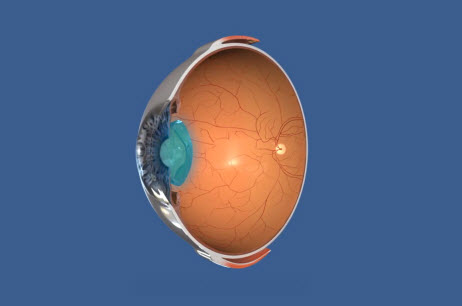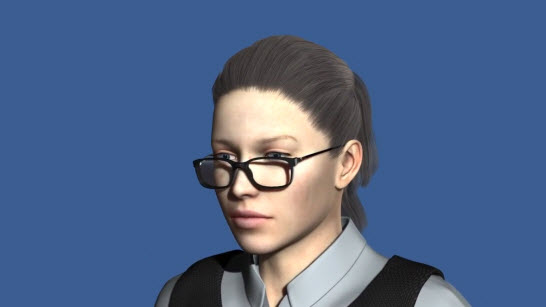In the realm of vision correction, breakthroughs continue to reshape the way we perceive the world. Extended Depth of Focus (EDOF) Lens Technology is one such innovation that has garnered attention for its ability to enhance visual experiences and reduce the reliance on glasses for distance and intermediate vision activities. This article will delve into the advantages and progress of EDOF lens technology, shedding light on its transformative impact on individuals seeking improved vision.
Understanding Extended Depth of Focus (EDOF) Lenses
Before delving into the advancements, let’s establish a foundation. Extended Depth of Focus (EDOF) lenses represent a new frontier in vision correction. Unlike traditional lenses that focus solely on a single point, EDOF lenses create a gradual transition of focus across distance and intermediate vision, providing wearers with a broader range of clear vision compared to conventional monofocal and enhanced monofocal lenses

The Advantages of Extended Depth of Focus (EDOF) Lenses
The evolution of EDOF lens technology has brought forth a range of advantages that have reshaped the landscape of vision correction:
1. Seamless Transition of Focus
EDOF lenses excel at creating a smooth and seamless transition of focus. Whether it’s working on a computer, or enjoying the scenery outdoors, the gaze can be shifted effortlessly without any strain to their eyes.
2. Reduced Dependence on Glasses for distance and intermediate visual tasks
One of the most significant advantages of EDOF lenses is the diminished reliance on glasses for various activities. Individuals who once needed separate glasses for distance and near vision can now experience improved visual acuity across the distance and intermediate vision ranges. Reading small and fine print may need glasses.
3. Quality Night Vision
Glare and halos are common challenges in low-light conditions, particularly with traditional multifocal lenses. EDOF lenses are designed to mitigate these issues, enhancing the quality of night vision and making nighttime activities more enjoyable and safe.

The Progress of EDOF Lens Technology
The journey of EDOF lens technology is marked by notable progress:
1. Optical Engineering Innovations
Advancements in optical engineering have paved the way for EDOF lenses with enhanced precision. These lenses utilize intricate designs and advanced coatings to optimize light distribution, further improving visual clarity.
2. Personalized Approaches
Researchers are exploring personalized approaches to EDOF lens implantation. By tailoring the lens characteristics to an individual’s specific visual needs, ophthalmologists can optimize the outcome of the procedure.
3. Feedback-Driven Refinements
Ongoing research and patient feedback contribute to continuous refinements in EDOF lens design. This iterative process ensures that the technology continues to evolve, offering better outcomes and experiences..

The Future of EDOF Lens Technology
As technology advances, the future of EDOF lens technology holds exciting possibilities. Researchers are working on further expanding the range of clear vision, minimizing any remaining visual disturbances, and enhancing compatibility with various eye conditions.
Conclusion
The progress of Extended Depth of Focus (EDOF) Lens Technology marks a pivotal moment in the field of vision correction. With its ability to seamlessly transition focus, reduce dependence on glasses for distance and intermediate vision, and provide enhanced visual comfort, EDOF lenses offer a new level of freedom and clarity to individuals seeking improved vision.
Frequently Asked Questions – Extended Depth of Focus (EDOF) Lens Technology
Q1: Are EDOF lenses suitable for all age groups?
A1: EDOF lenses are particularly beneficial for individuals seeking spectacle independence for distance and intermediate range of vision. However, their applicability can vary based on individual eye health and needs.
Q2: Can EDOF lenses correct other vision issues, such as astigmatism?
A2: While EDOF lenses primarily address distance and intermediate vision, they the toric version of EDOF lenses can also correct astigmatism. Individuals with other vision issues should consult an eye care professional for personalized advice.
Q3: How long does it take to adapt to EDOF lenses?
A3: Most individuals adapt to EDOF lenses within a few days to a couple of weeks. The adjustment period may vary from individual to individual.
Q4: Can EDOF lenses be combined with other vision correction procedures?
A4: In some cases, EDOF lenses can be combined with other procedures like cataract surgery or astigmatism correction. Your eye care specialist can provide guidance on the best approach for your unique needs.
